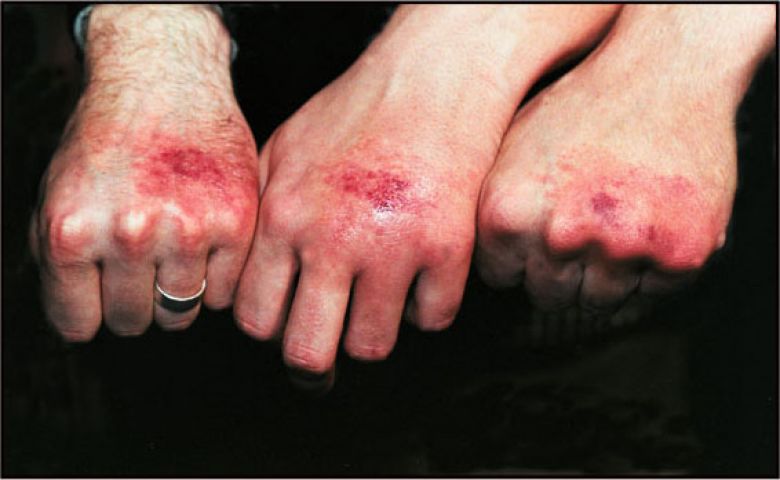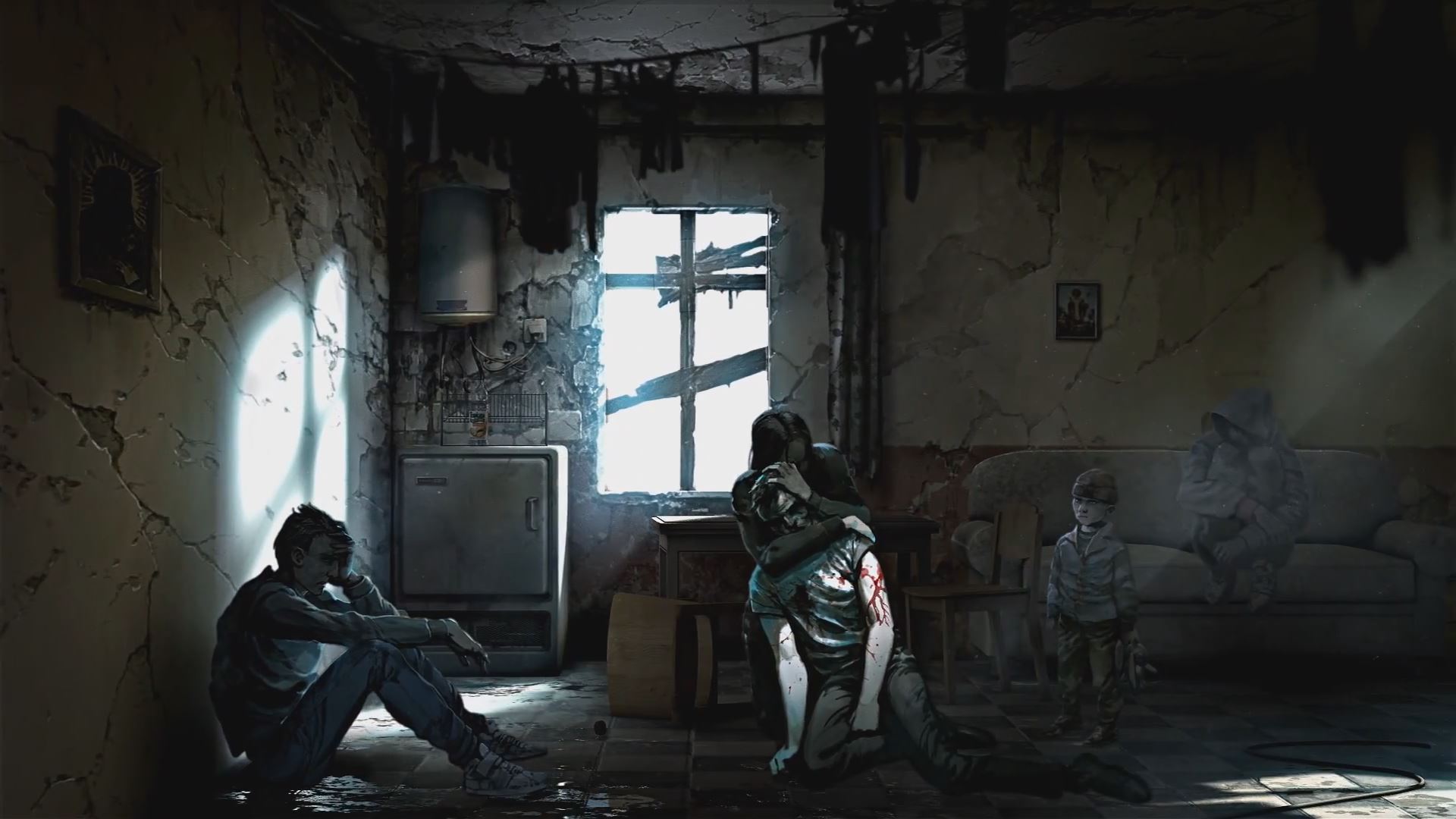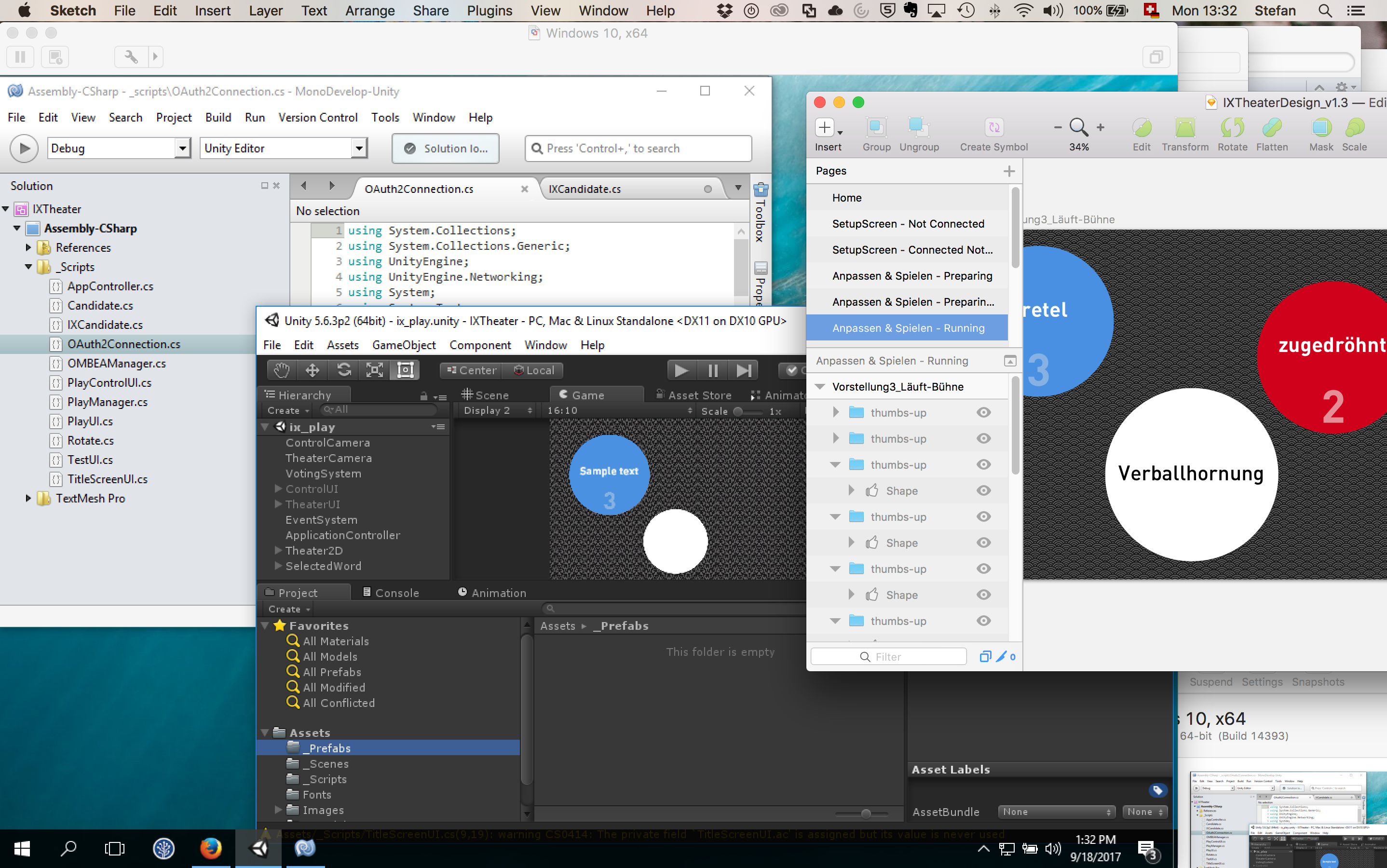5 Reasons Why Games Don‘t Give Feedback In The Form Of Physical Pain – And Why They Should At Least Try!
In many popular gaming franchises, you, the player, turn into a murderous killing machine, gun down hordes of enemies. Yet, you never feel the pain you inflict or that is inflicted on you. While pain seems like an obvious extension to the gamut of feedback games are able to provide, there have barely been any trials, except for a never-released Mad-Catz shocking joypad, and one single computer game, the Painstation. This is surprising especially with the promise of fully immersive Virtual Reality being only a few years out. So why don‘t video games let you feel real physical pain? Here are five reasons why they do not. And one reason why you as a player should put physical pain on your wishlist for the future of gaming!
1. Because it would destroy the illusion of being all powerful
The adventurer Nathan Drake may seem likeable, but he shoots down hundreds of enemies in each game of the Uncharted franchise. In the clearly provocative indie game Hatred, you take the role of a cold-blooed killer with the goal to inflict as much violence and pain as possible. You, however, always get spared: Getting shot makes the joypad vibrate at best. Killing an innocent civilian maybe gets you a lower completion score. Maybe some kid will cry for two seconds. What do you care. Ultimately, you, the player, just want to feel all powerful and get away with everything.
2. Because it is difficult to integrate pain in a meaningful way and be successful with it
In their storytelling, some indie video games have started to do well in covering various aspects of pain. This War of Mine deals with war from a civilian angle, and with all the emotional pain it causes. The lead image of this article displays a scene from this game. Robert Yang’s Hurt Me Plenty on the other hand deals with physical pain as a pleasurable experience. You have to spank your partner (the computer) for his pleasure, but only as much as your partner is willing to take. Writer Mark Wilson explains in his article that the game actually made him feel guilty for disrespecting his AI-partner. While there may be a few examples that have managed to add depth to the game with pain, there is none that made it to the mass market.
3. Because not everyone feels pain the same way
While on the emotional level we start so see deeper depictions of pain, there are barely any equivalents on a physical level. The Pain Station is a fairly old example from 2001, and still one of the only ones where a game actually inflicts physical pain to players: If you loose this Two-player Pong-like game, you will have to endure painful electric shocks, heat or whiplashes. Some – predominately male – players are actually having fun with it. But perception of pain vary wildly: What my hurts you is just a tickle for your friend. Pain is actually hard to get right.

4. Because it brings bad publicity
While it is surprising that there were no more recent examples, it also is logical. In virtual reality, the lack adequate haptic physical feedback is one developer’s major pain points. The Tesla Suit, which should appear shortly, tries to solve the problem: The Scottish developer’s suit can provide accurate haptic feedback by using neuro-electrical stimulation of our muscles. But pain is not listed. I’m still waiting for their statement on why they decided against it. But it is likely because pain is not something desirable, and no developer wants headlines like “Players got hurt while using xxx’s product”. Especially for the still emerging VR market. Or would you want to wear a suit on your entire body that can shock, burn, or hit you?
5. Because pain is bad
For developers, it is really hard to market something negative. So, why is there pain, if nobody wants to feel it? Babies will invariably put their hands on a hot stove at some point in their young lives before they learn that pain means danger. Pain therefore is an essential component of evolution. It is like a warning from even worse perils. It is a messenger of bad things, and its connotations are therefore intrinsically negative. Or did you ever enjoy getting hit?
So, why should I play a game that would hurt me?
Did you never think that your decisions in a game ultimately lacked depth and consequence? Why shouldn‘t you shoot this mom of three kids just for fun? Without consequence, her death is just a business decision: It is worth to spend the second walking around her? What do you care to destroy a family in the process. But if it hurt, you would. Pain could add the necessary depth to your decisionmaking. Yes, pain is mostly negative. But so far, there just has not been a game that added meaning to it. With pain, you might finally see your altruistic side pay off. Doing good would give you an advantage! Or, you could finally feel how bad you‘ve played when your opponent hits you: This is is the path the Painstation has taken but which can‘t be the the final answer. Whether you are a game designer or a player, you should open yourself up to be experimenting with pain and start experiencing!
All links have been verified at the time of publication, 8.12.2015



